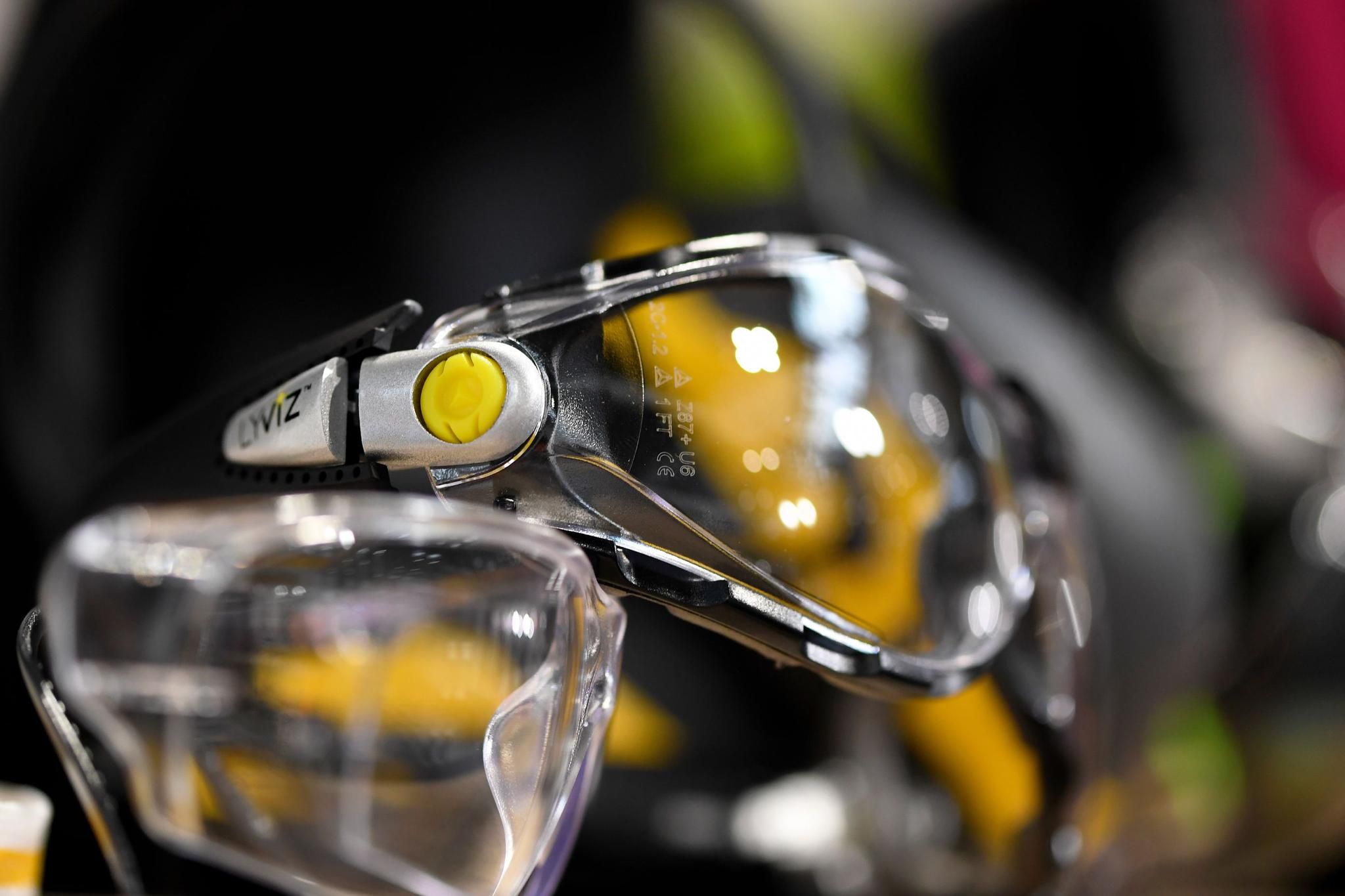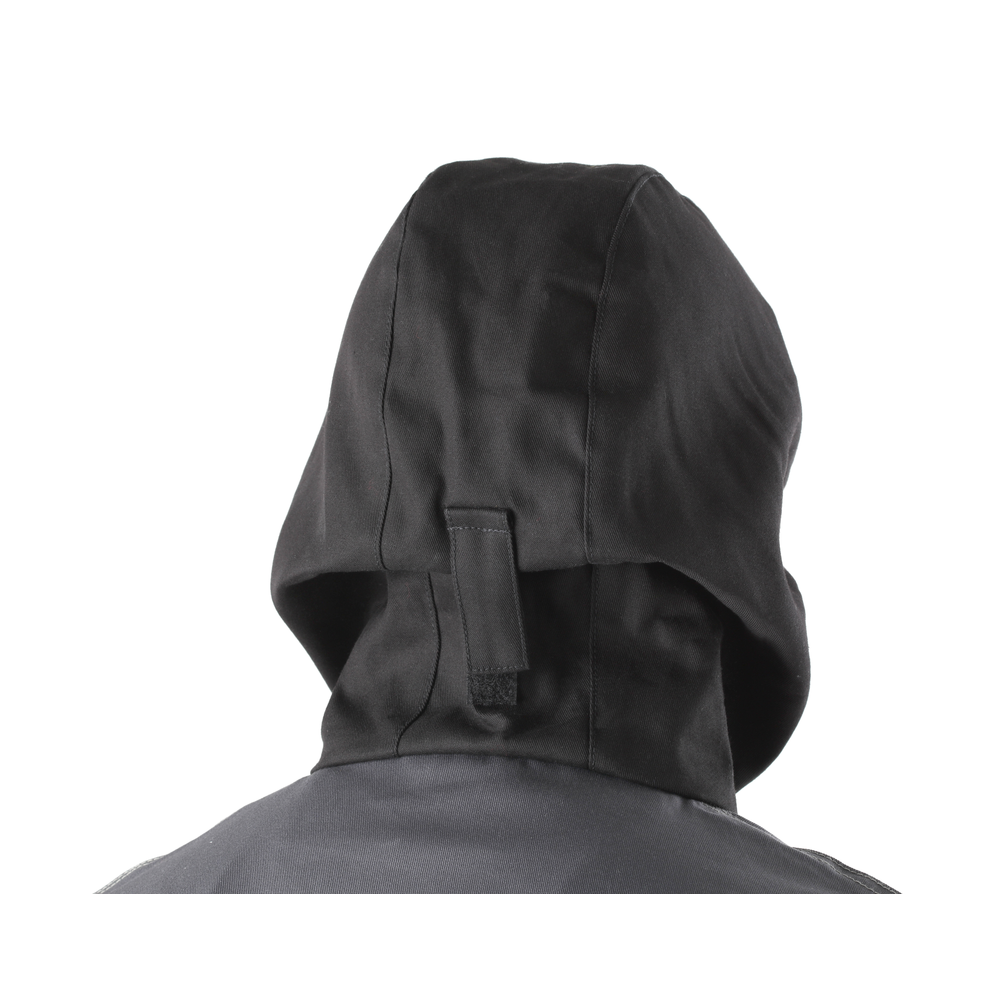CATU AFG-2300 Multi-Risk Arc Flash Electrical Switching Jacket, 12 ATPV (cal/c)
An "Electrical Switching Jacket" could refer to a specialized piece of clothing designed for use in electrical applications, particularly by professionals working with high voltage or in environments where electrical safety is paramount. While there isn't a standard product universally recognized by this name, the concept likely involves a jacket that provides significant protection against electrical hazards.
Application :
- Especially designed to be worn on top of the usual clothing, for short operations (eg. power-breaking operations, live working on batteries).
- Offers the perfect protection for Live Working.
Features :
- Adjustable hood for better protection of the head and the neck in case of higher risk, to be worn with a visor or a helmet.
- A velcro® central fastening along the entire length: easy to open and close.
- A back length of 121 cm to ensure efficient protection of the operator down to the knees.
- Pictograms of the standards clearly visible on the left sleeve
Here are some hypothetical features and uses for such an item, based on the principles of electrical safety gear:
Hypothetical Features:
- Insulating Materials: Constructed from materials that offer high electrical resistance, minimizing the risk of electrical shocks to the wearer. These materials could include rubberized fabrics or other advanced composites known for their insulating properties.
- Conductive Elements: Incorporating strategically placed conductive materials or threads that can safely redirect electrical currents away from the body, potentially to the ground or another safe discharge point.
- Safety Standards Compliance: Designed to meet or exceed relevant safety standards, such as those set by the ASTM International or IEC (International Electrotechnical Commission), ensuring it provides a recognized level of protection against electrical hazards.
- Durability and Comfort: While primarily focused on safety, the jacket would also need to be durable enough to withstand the rigors of industrial or construction environments and comfortable enough for all-day wear.
- Integrated Safety Features: Could include features like flame resistance, visibility enhancements (reflective strips or high-visibility colors), and weatherproofing to protect against a range of environmental factors.
Uses:
- Electrical Maintenance and Repair: Ideal for electricians and technicians working on power lines, electrical panels, and other high-voltage equipment, providing an added layer of protection against electrical shocks.
- Industrial Applications: Useful in industrial settings where workers are exposed to electrical hazards as part of their routine operations, such as manufacturing plants or chemical processing facilities.
- Emergency Response: Could be part of the standard gear for first responders who might encounter electrical hazards, such as firefighters or rescue teams operating in environments with damaged electrical infrastructure.
It's important to note that while such a jacket could offer additional protection, it would not replace standard safety procedures and personal protective equipment (PPE) requirements for working with electricity. Safety protocols, including the use of insulated gloves, tools, and proper grounding practices, remain crucial in minimizing the risk of electrical injuries.


)

)
.png)
.png)
.png)
.png)
